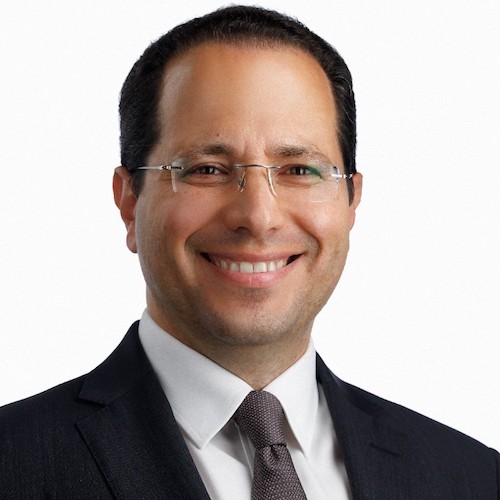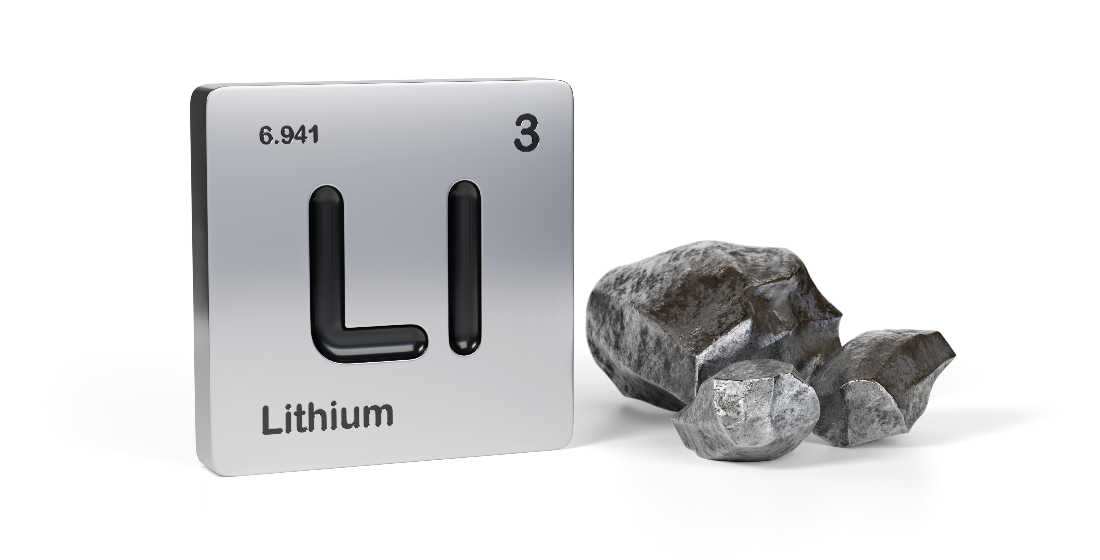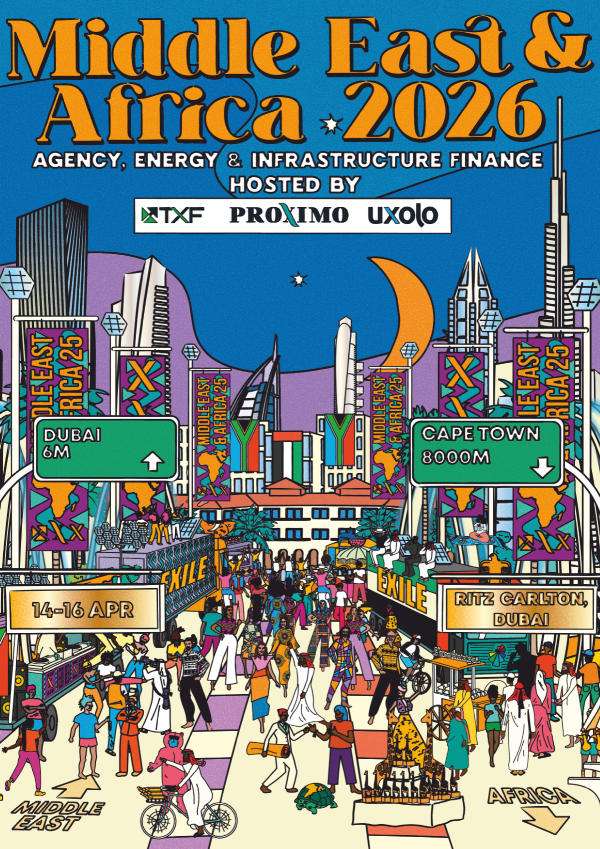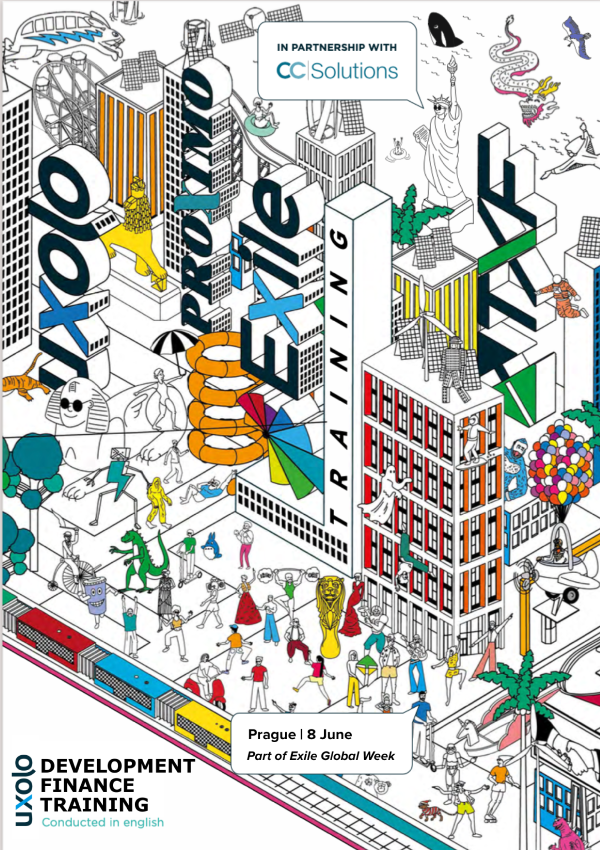EDB’s cheatsheet for cross-border PPPs
Cross-border PPPs are complex and few in number - but potentially highly impactful. Evgeniy Vinokurov, chief economist at Eurasian Development Bank (EDB), discusses the findings from EDB’s 2023 report 'Cross-Border Public- Private Partnerships' and what makes for a successful cross-border PPP.
It is one thing to create infrastructure within a state, but developing countries also want to increase their engagement with the world economy; to trade, to attract investments, and to be part of global value chains. For that they need cross-border infrastructure, which can range from railways, roads, efficient border crossings, telecommunication links, transmission lines and cross-border energy infrastructure.
But developing and financing cross-border infrastructure is complex, as Evgeniy Vinokurov, chief economist at the Eurasian Development Bank, explains: “It is a very difficult thing to do because you have at least two states involved with separate legislations and sometimes conflicting interests. Such deals also require a lot of investment – sometimes billions of dollars for a single project in a lower-income developing country which is already facing difficulty financing such projects."

Evgeniy Vinokurov
Similarly, while average project duration is seven-and-a-half years, in a number of cases it can stretch to 20 years, which brings heightened risk from future government and legislative changes. And that level of complexity heightens further when structuring in comfort for the private sector to cross-border PPPs.
Looking at case studies
EDB has analysed 18 cross-border PPPs – five in Africa, five in Europe, five in Asia Pacific, and one each in Latin America, North America and Eurasia – and come up with a mixed bag of lessons from the many different deals, albeit 14 of them have some similarity in that they are in the transport sector
For example, on the $6 billion China-Laos High-Speed Rail Line project, a substantial chunk ($1.9 billion) of the scheme was realised through Laos’ sovereign debt> Consequently, Laos' national debt now stands at 68% of GDP, which is an elevated level for such a low-income country. As Vinokurov says: “The lesson learned here was, and remains, of critical importance: we have to be very careful about the financial burden on low-income countries.”
Another EDB project study in Asia was the $1.3 billion 1GW Nam Theun 2 hydropower project in Laos completed in 2010. Most of the generated energy (995MW) is exported to nearby Thailand, “that’s why, first, Laos is able to generate sufficient cashflow to finance the debt and, secondly, raise a substantial amount of foreign currency,” says Vinokurov. But while a success in terms of financial engineering, the project was less so in its social and environmental aspects: “Virtually any hydropower plant requires the relocation and resettlement of communities – 6500 villagers in this case – and this has to be done well in advance before construction begins, and therefore be financed at that stage with proper civil engagement and communication,” notes Vinkurov.
Getting the project cash generation forecasting right is also critical, as the $5.3 billion Kenya-Rwanda-Uganda East African Railway, financed by China Development Bank, demonstrates. The project was extremely ambitious with planned costs of $15 billion but, in the end, only the section in Kenya was completed between 2017-2019 because the forecasting of cargo flows was overly optimistic. “That is one of the lessons for analysts like me – it is always a temptation to be overoptimistic but somebody has to pay for that in the end,” says Vinokurov.
But while some projects have demonstrated structural weakness in parts, schemes like the West African Gas Pipeline have been very successful. The pipeline connects four countries in Western Africa – Togo, Benin, Nigeria, and Ghana – via a 700 km gas pipeline of which 570 km is under the sea. The project was financed by EIB ($98 million), OPIC ($35 million), and USAID ($1.6 million) with guarantees from MIGA ($75 million) and IDA ($50 million) and is owned and operated by West African Gas Pipeline Company (WAGPCo) whose major shareholders are Chevron (36.7%), Nigerian National Petroleum (25%), Shell (18%) and Takoradi Power (16.3%).
“The project required institutional and legal frameworks to be harmonised across four countries, taking a long time,” says Vinokurov. But, following the project’s commissioning in 2012, the average wholesale cost of electricity was reduced by 10% to 40% compared to a no gas scenario – “an outstanding result”, he declares. The project also demonstrated that the cross-border PPP model can also be applied beyond the transport sector and in “unusual circumstances”, adds Vinokurov.
In Eurasia, only one cross-border PPP project has been realised so far – the Road Bridge Across the Amur River (Heilongjiang). The project took 20 years to realise and cost $300 million. Despite ultimately proving successful (the bridge attained 100% utilisation just two months after commissioning in May 2021) “the lesson here is we need to pay particular attention to internal approval procedures across both sides of the border, getting local and central governments on board in order to prevent the process stalling,” says Vinokurov. He explains that a stall of five years can see a situation entirely change – inflation, regulatory standards, legislatures, etc – which then requires new feasibility studies and finding new sources of financing, essentially recreating the whole financial structure.
The deeper analysis
After analysing these cases and their lessons, EDB has created a set of seven guidelines for cross-border PPPs. Vinokurov highlights in particular guideline two, which argues maintaining cohesion with national cross-border infrastructure development plans is essential – parties should conclude an intergovernmental agreement within which a project is assigned a single implementing partner, which streamlines the cohesion of technical standards on both sides of the border. Guideline number five is also critical: projects should be done in partnership with regional economic associations and development banks to improve their effectiveness. “The philosophy here is that cross-border PPPs are capital intensive and demand long-term, cheap financing as well as a great deal of mediation between governments. No single development bank could finance a $5 billion hydropower plant or a $3 billion railroad by itself – MDBs go to the market and syndicate, and they are quite efficient at it, as well as at promoting intergovernmental cooperation,” he explains.
When asked to what extent example projects have succeeded in bringing in the private market, Vinokurov says: “We have to remind ourselves that these projects are very capital intensive and difficult – they always need an anchor. That can be sovereign financing, multilateral or national development bank financing, but there are also many cases where private enquiry or debt has been involved – those investments have not always been rosy.” He recalls the investment story for the Channel Tunnel which entailed several instances of privately-financed problematic bonds. On a more positive note, he points to the West African Gas Pipeline as an example of attracting several private companies, drawn in by the predictable revenue streams of the resulting gas flows.
Vinokurov concludes that EDB is looking forward to partnerships implementing efficient cross-border PPPs: “It is a personal dream of mine to realise a project like this – it is the height of a development banker’s professional career. On the institutional side, one of our ideas is to design partnerships between major global and regional development banks to balance the skillset between syndicating projects out to the market and having that regional expertise and ability to mediate with governments.”




